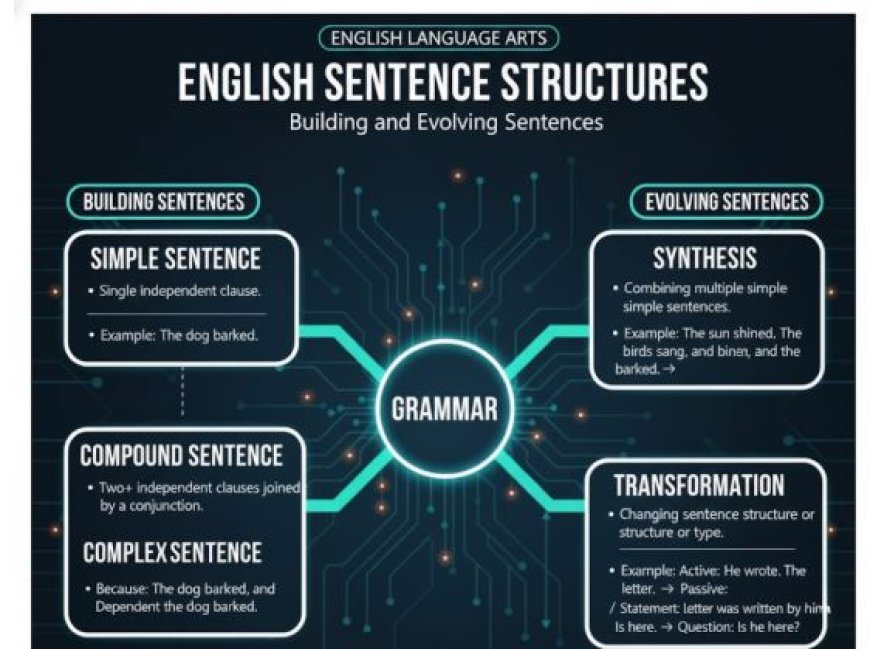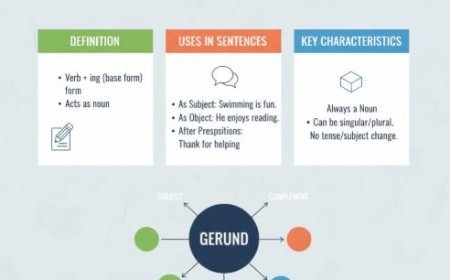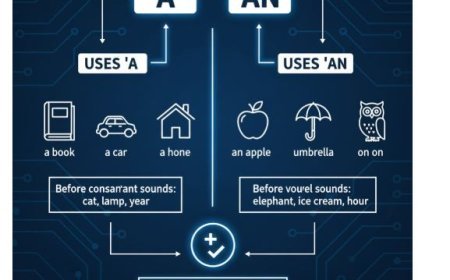SIMPLE, COMPOUND,COMPLEX,SYNTHESIS AND TRANSFORMATION OF SENTENCES
Master sentence structures! Explore simple, compound (join two!), complex (ideas with helpers), and how to transform them for clear communication.

- In the English language, sentences can be classified into three categories: simple, compound, and complex.
- Each type has its own distinct structure and purpose.
Simple Sentence
- A simple sentence is a statement that includes only one independent phrase.
- An independent clause is a group of words that can stand alone as a full sentence, describing a complete thought. It consists of a subject, a word, and a full idea.
For example:
- She ran to the store.
- The sun is shining.
Compound Sentence
- A compound sentence is a sentence that consists of two or more independent clauses joined by a coordinating conjunction (and, but, or, so, yet, for, nor).
- These clauses are of equal significance and can stand alone as independent sentences.
For example:
- She ran to the store, and she bought some groceries.
- Despite the sun shining, the weather is still chilly.
Complex Sentence
- A complicated sentence is one that has both a separate clause and one or more subordinate clauses.
- A dependent clause is a set of words that cannot stand alone as a full sentence and depends on the independent clause to make meaning.
For example:
- She ran to the store because she needed some groceries.
- Although it's cold outside, the sun is still shining.
Synthesis of Sentences
- Synthesis of sentences is the process of combining two or more simple sentences to form a complex or compound sentence.
- It is done by using conjunctions or other linking words to join the sentences.
Let's look at some examples:
- Simple sentences: She loves to read. She also loves to write.
- Compound sentence: She loves to read, and she also loves to write.
- Simple sentences: I went to the store. I bought some milk.
- Complex sentence: I went to the store, and I bought some milk.
Transformation of Sentences
- Sentence transformation is the process of altering a sentence's structure without affecting its original meaning.
- It is done by using different grammatical structures and forms.
Let's look at some examples:
- Simple sentence: He is a doctor.
- Compound sentence: He is both a doctor and a musician.
- Simple sentence: She is tired.
- Complex sentence: She is so tired that she can't keep her eyes open.
- In both these examples, the original meaning of the simple sentence is retained, but the structure is transformed to make it more interesting and varied.
What's Your Reaction?


































